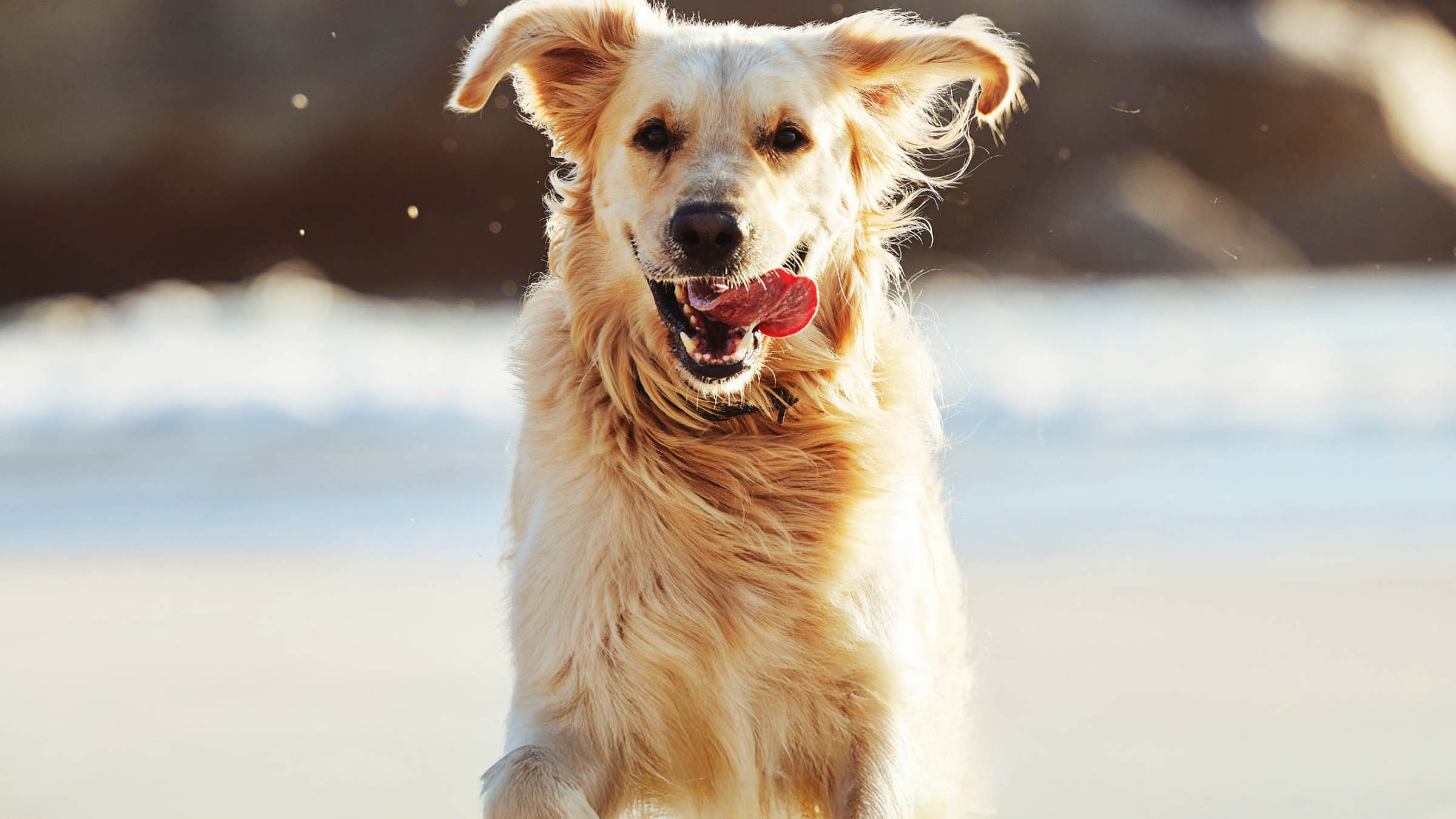
Travel pharmacy
Hopefully it won't need to be opened, but a first-aid kit for your dog should always be with you when you're traveling with your four-legged friend. The equipment with all the necessary supplies for minor injuries and first aid is already available to buy. If you would like to put together a first-aid kit for your dog yourself or add to it, you can find some tips here.
Going on vacation without your dog? Unimaginable!
There are a few things to consider when planning a trip with your four-legged friend: In addition to the (EU) pet passport, necessary vaccinations and thorough research into the requirements for dogs at your destination, you should also think about a first-aid kit for your dog. Even if this is not needed in the best-case scenario, it can be very useful for minor health problems.

CHECKLIST
Checklist for your dog's first-aid kit
- Wound disinfectant, wound ointment, scissors, bandages, disposable gloves
- Tick tweezers
- Clinical thermometer
- Tweezers
- Traumeel ad us. vet.
- Remedy for diarrhea (e.g. probiotics)
- Parasite protection (adapt to the vacation region!)
- Nurexan ad us. vet.
- Medication: sufficient quantity of the medication that your dog may need to take regularly
- Eye rinsing solution to clean the eyes and small wounds
- Cream for the care of chapped, irritated skin or for superficial wounds, e.g. on the paws (e.g. Ichtho Vet Derma Cream)

Print out the checklist!
Good to know
Of course, even the best first-aid kit can't solve every health problem: If your dog is ill or has a more serious injury, a visit to the veterinarian is mandatory, even on vacation. Therefore, keep a list of addresses and telephone numbers of veterinary clinics at your vacation destination with you or save the numbers in your cell phone at home.
FURTHER INFORMATION
Medication for your dog
If your dog needs regular medication, the first-aid kit must contain a sufficient amount.
As digestive disorders can be a particular problem on vacation, the first-aid kit should also be equipped for this: Medication for diarrhea and vomiting as well as electrolyte drinks to compensate for the loss of minerals and fluids can be used to treat mild digestive problems. However, if they are severe or persistent, a veterinarian should definitely be consulted.
A painkiller specifically for animals may also be recommended when traveling - consult your veterinarian for advice. Your veterinarian can also recommend travel tablets, as some dogs regularly struggle with nausea on car journeys and flights.
As drafts can easily cause conjunctivitis when traveling, the first-aid kit should also contain eye drops.
Dressing wounds
It can happen quickly: your four-legged friend cuts itself on a piece of broken glass or gets punctured by a thorn. To treat minor injuries, your dog's first-aid kit should therefore contain a rinse (e.g. saline solution - 0.9% NaCl) to clean wounds and a wound disinfectant spray. Tweezers are also important to remove any foreign bodies such as stones or splinters that may have gotten into the wound. A sterile wound cover, elastic bandages and blunt scissors to trim the fur around the wound and to cut the dressing materials are required for the dressing. Your dog's first-aid kit should also include gauze compresses to pad the bandage and adhesive tape to hold the bandage in place. Abrasions and cracked paws can be treated very well with iodine or wound healing ointment.
If the injury is more serious or you are not sure how badly your four-legged friend is injured, a visit to the veterinarian is of course also mandatory at your vacation destination.
Insect repellent
To protect your four-legged friend from insects and parasites, your first-aid kit should contain preventative insect repellent such as a special collar against fleas and ticks or a spot-on preparation. If your dog is nevertheless infested, tick tweezers and a flea comb should also be included in your luggage to be on the safe side.


